Have you ever heard of Nigori Sake? This traditional Japanese beverage has a lot to offer, with its unique flavors and textures. In this article, we’ll explore what makes Nigori Sake special and how you can enjoy it to the fullest. Whether you’re new to sake or a seasoned enthusiast, there’s something fascinating about Nigori Sake that’s worth discovering. So, keep calm and enjoy this fascinating world with us!
What is Nigori Sake?
Definition and features
Nigori sake is a type of Japanese rice wine that’s not clear like other sakes. It looks cloudy because it still has some rice sediment in it. To make nigori sake, after brewing, it’s put into a bag called a “sakabukuro” and squeezed to separate the liquid from the solids.
Unlike regular sake, nigori sake intentionally keeps some of the rice sediment, giving it a cloudy appearance. This cloudy part is called “ori.” Nigori sake has a unique texture and flavor, with some varieties being fizzy or creamy. It’s often enjoyed for its slightly sweet taste and smoothness.
Difference between Nigori Sake and Doburoku
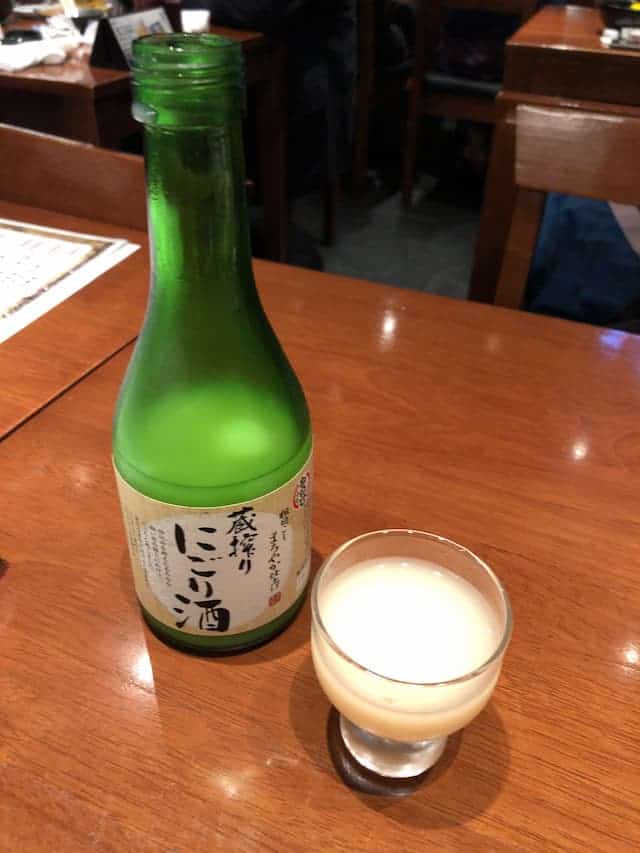
Doburoku is a type of sake made during the sake brewing process, also known as “dakushu” or “dakurou,” and sometimes called “moromi sake.” Normally, in sake brewing, rice, rice koji, and water are fermented to create “moromi,” which is then filtered through a process called “squeezing and sedimentation.” However, doburoku is made by skipping this “squeezing and sedimentation” step.
Nigori sake and doburoku are distinct types of sake, each with its own production method and classification. Nigori sake is crafted by pressing and filtering moromi, leaving behind some sediment, which contributes to its characteristic cloudy appearance and smooth texture. In contrast, doburoku skips the pressing and filtering stages, retaining more sediment and resulting in a cloudier and potentially thicker texture.
Furthermore, while nigori sake is categorized as “sake” under the Sake Tax Law, doburoku is classified as “other brewed liquor” due to its deviation from the standard sake production process. Thus, while both exhibit cloudiness, nigori sake tends to be clearer and falls within the sake category, whereas doburoku does not.
History
Origin and Development
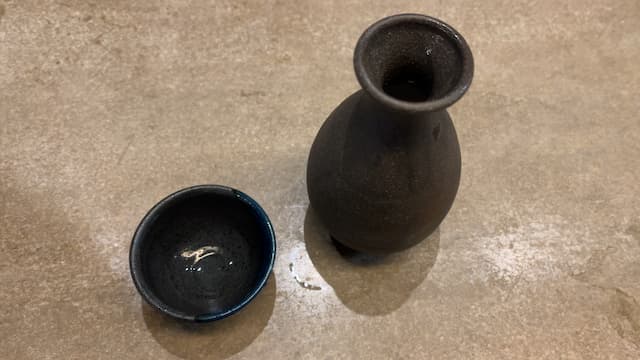
The history of nigori sake traces back to ancient Japan, with its origins intertwined with the development of sake brewing techniques. During the late Jomon period to the early Yayoi period, when rice cultivation techniques were introduced from the Asian continent, nigori sake emerged as a companion to rice in offering prayers during divine ceremonies.
Throughout the Asuka and Heian periods, the Imperial Court established the Zosakushi (Sake Brewing Office) to oversee the production of sake, mirroring the elaborate rituals and banquets of the aristocracy. The “Engishiki,” a detailed account of the regulations of the Heian period, recorded 13 types of sake brewed in the imperial court, including sweet sake, nectar sake, and various types of lees sake, highlighting the diversity of sake production during that era.
In local communities, sake brewing expanded beyond the aristocracy, with different types of sake such as cloudy sake, clear sake, powdered sake, and sweet sake being produced to cater to various social classes.
However, access to sake was restricted for commoners, with prohibitions on alcohol consumption except for specific occasions such as agricultural rituals, religious ceremonies, and limited markets. Consequently, cloudy sake became more accessible to the general populace compared to clear sake, reflecting the socio-economic disparities of the time.
Evolution and Spread
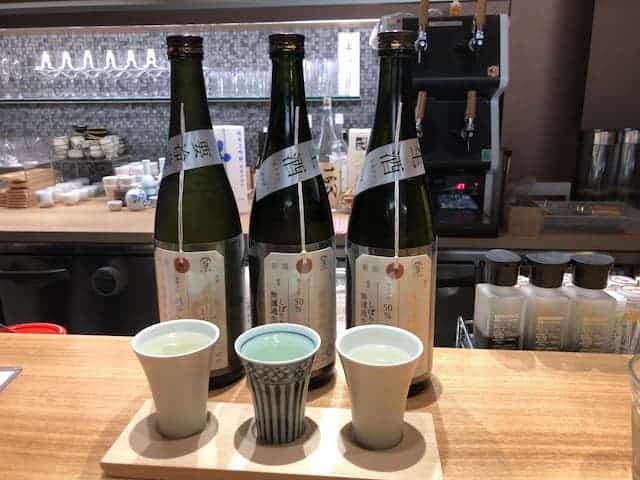
During the Kamakura period, as political unrest engulfed the nation, sake brewing transitioned from centralized court control to decentralized production, with temples, shrines, and local breweries becoming prominent producers.
By the late medieval period, regional variations of sake, including the famed “Nembutsu Sake” brewed by Buddhist temples, gained recognition for their quality and craftsmanship.
In the early modern period, the emergence of commercial sake breweries in urban centers marked a shift towards mass production, facilitated by advancements in brewing technology. However, government regulations such as the “Sakabasho” licensing system introduced in the Edo period imposed strict controls on sake production and distribution.
Despite these regulations, sake continued to evolve, with various types including clear sake, cloudy sake, and a blend of both becoming popular among consumers. The emergence of izakayas (Japanese pubs) and sake specialty shops further contributed to the diversification of sake culture, making it more accessible to the general public.
In the modern era, sake production underwent scientific advancements and technological innovations, leading to increased production and distribution. Despite challenges such as the oil crisis of 1974, which caused a temporary decline in consumption, sake remained an integral part of Japanese culture.
Today, nigori sake continues to be cherished for its unique taste and historical significance, reflecting centuries of brewing tradition and cultural heritage.
Basic Ways to Enjoy Nigori Sake
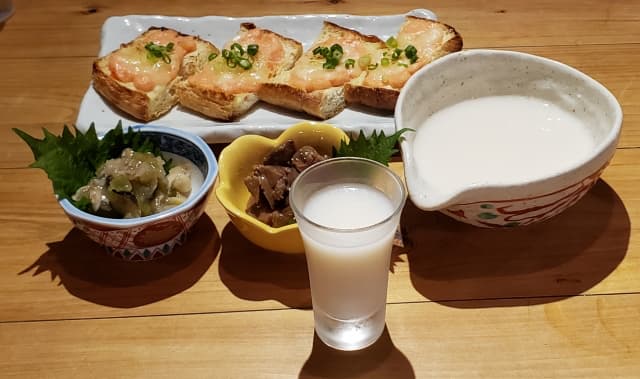
Chill it or have it on the rocks
Nigori sake lets you taste the rice’s natural flavors because it has a bit of rice in it. Before opening, gently shake the bottle to mix the rice and the clear sake. Then pour it into a glass with ice and enjoy.
During summer, it’s also tasty to mix it with soda. Mixing nigori sake with soda makes it more refreshing, especially if it’s sweet or slightly sour.
Warm Sake brings out its richness
Heating sake brings out its sweetness, perfect for winter hot pots. Heating nigori sake makes it smoother and richer, so you can enjoy the grain flavors more.
Especially, nigori sake with a rich taste, like those made using a special method. Heating these types makes them even tastier. Pour nigori sake into a container for heating, add a little water, and enjoy it warm.
Enjoy two different tastes with one Nigori Sake
Nigori sake separates into two layers, rice sediment at the bottom and clear sake at the top.
First, without shaking, taste the clear sake on top. It’s smooth and clear, letting you feel the sweetness and richness.
After that, gently shake to mix it. You’ll enjoy the creamy texture of nigori sake. You’ll be surprised by how different it tastes when mixed with sediment.
Choosing Nigori Sake by Brewing Method
Nigori sake comes in two main brewing methods. One method involves bottling the sake without pasteurization, also known as “nama genshu.” In this process, yeast cells continue to ferment even after bottling, resulting in secondary fermentation. This method produces a slightly effervescent texture, offering a refreshing fizz when sipped. However, due to the lack of pasteurization, unpasteurized sake is delicate and cannot be stored for long periods. Nevertheless, the ongoing fermentation process allows for nuanced flavor changes over time, adding to its appeal.
Another method involves pasteurization, where heating eliminates the effervescence but yields a rich and smooth taste. Pasteurized nigori sake offers stable quality and can be stored at room temperature. For those concerned about storage, choosing pasteurized nigori sake without carbonation might be preferable.
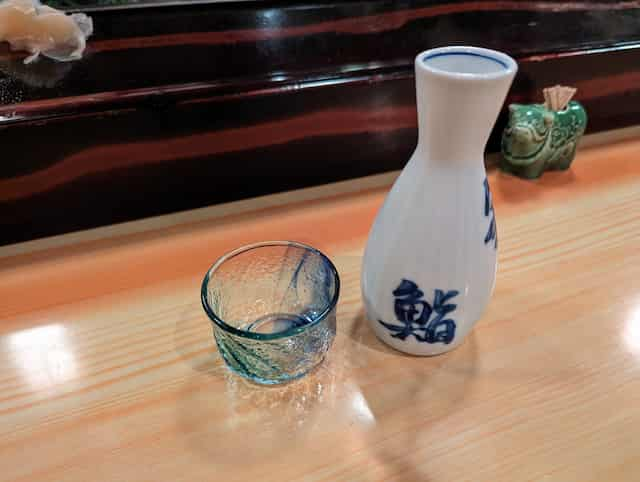
Selecting Nigori Sake by Alcohol Content
Nigori sake is usually not very strong, just like regular sake. It has about the same alcohol as regular sake, around 15%. But some nigori sake is stronger, like over 20% alcohol. And some is weaker, about 10%. If you don’t like strong alcohol, you might like the weaker nigori sake.
Selecting Nigori Sake by Opacity
Nigori sake can be more or less cloudy. If it’s very cloudy, it might taste stronger because it has more yeast in it. This makes it a bit sour. But if it’s less cloudy, it tastes lighter and sweeter. There’s also some nigori sake that’s almost clear, so it tastes more like regular sake.
Recommended Nigori Sake
[Asahi Shuzo] Dassai Junmai Daiginjo Sparkling 45
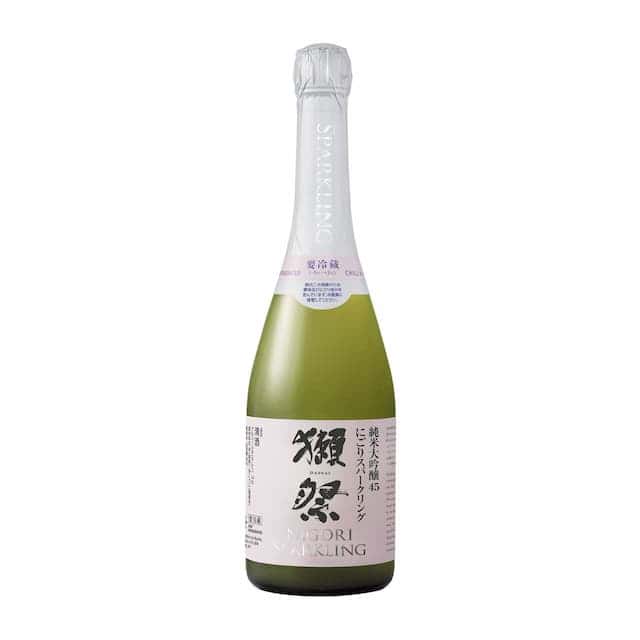
Asahi Shuzo’s “Dassai” is a popular sparkling nigori sake loved by many sake fans. It’s made by carefully polishing “Yamada Nishiki” rice up to 45% and then bottling the rough-pressed moromi (unrefined sake) without heating. This results in a high-quality bottle.
When you taste it, you’ll notice its unique and fruity aroma typical of Junmai Daiginjo sake, followed by the delicate sweetness of Yamada Nishiki rice. Its refreshing finish, thanks to the carbonation, adds to its appeal. With a moderate alcohol content of 14%, it’s easy to drink and perfect for those new to nigori sake.
You can enjoy it with meals to enhance their flavors or pair it with fruits for a delightful after-dinner drink. Take your time to enjoy its refreshing taste.
[Miwa Shuzo] Shirakawa-go Junmai Nigori Sake
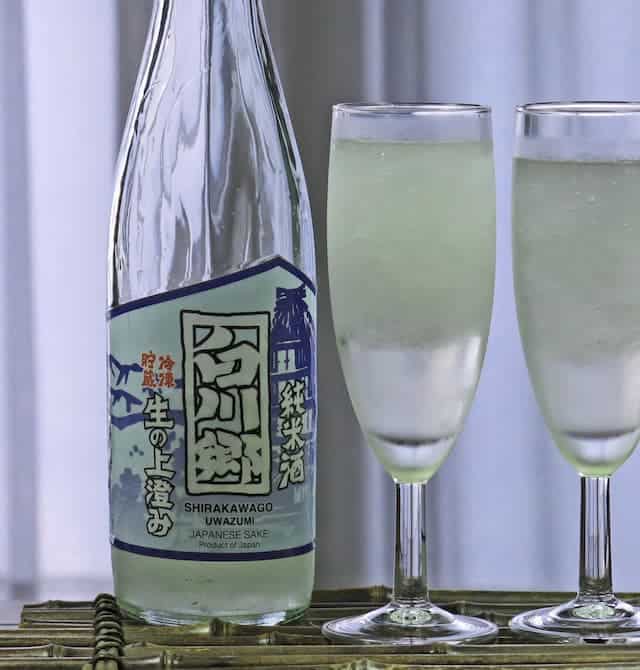
Miwa Shuzo’s “Shirakawa-go Junmai Nigori Sake” is named after the UNESCO World Heritage Site “Shirakawa-go” in Gifu Prefecture. It has a milky-white appearance and a rich, smooth texture because they keep some of the moromi (unrefined sake) like doburoku.
They use plenty of sake rice and brew it with soft water from the Ibi River. This brings out the natural sweetness and richness of the rice. It’s best served chilled and goes well with hearty dishes like grilled meat, eel, and yakitori. You can drink it on the rocks or straight, or try mixing it with soda for a unique taste.
[Miwa Shuzo] Shirakawa-go Junmai Ginjo Sasani-gori Sake
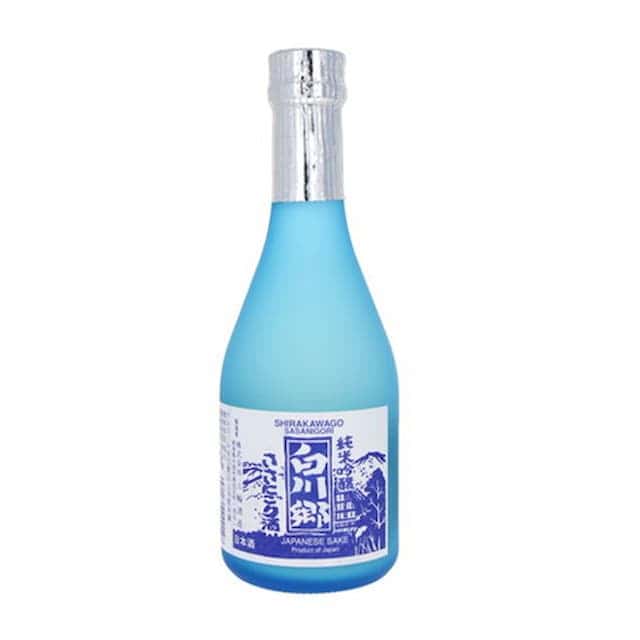
Miwa Shuzo’s “Shirakawa-go Junmai Ginjo Sasani-gori Sake” is a slightly dry type of sasani-gori sake, where they blend ginjo moromi with 60% polished junmai ginjo sake to create a fragrant brew. When you sip it, you’ll notice a smooth taste with a hint of moromi lingering on the tongue. It’s best enjoyed chilled for its rich flavor and refreshing crispness.
With its smooth and mild taste, it’s perfect for those new to nigori sake or those who prefer a lighter nigori sake. You can enjoy it chilled, on the rocks, or mixed with soda. Pair it with simple Japanese dishes like sashimi or grilled fish to fully appreciate the unique aroma and flavor of junmai ginjo sake.
[Nambu Shuzo] Hanagaki Junmai Nigori
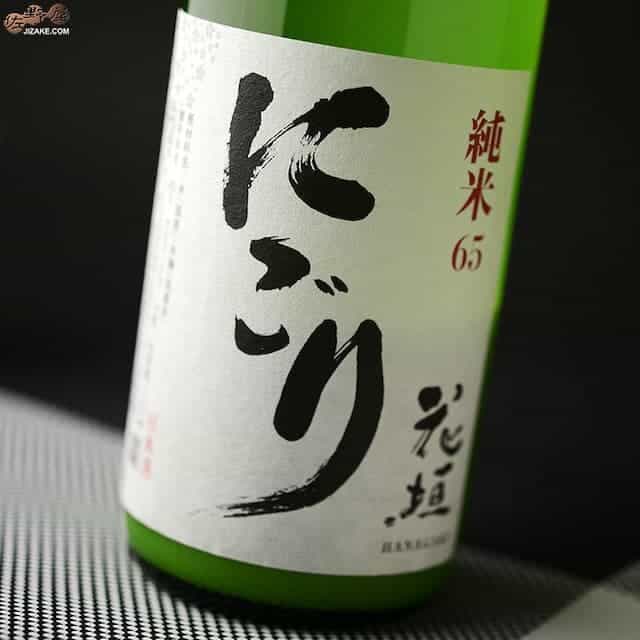
Nambu Sake Brewery’s “Hanagaki Junmai Nigori” is an impressive junmai nigori sake with a shiny, pure white color reminiscent of doburoku. Brewed only with rice and rice koji, it brings out a rich aroma and the natural flavor of rice. When you take a sip, you’ll experience a smooth, creamy sweetness that gently expands in your mouth, leaving a pleasant rice-like aftertaste.
Its versatility in serving temperatures, whether chilled or on the rocks in summer, or at room temperature or gently warmed in winter, adds to its charm. This sake is recommended for those seeking a refreshing and easy-to-drink sweet nigori sake.
[Konishi Shuzo] Shirayuki Nigori Junmai Sake
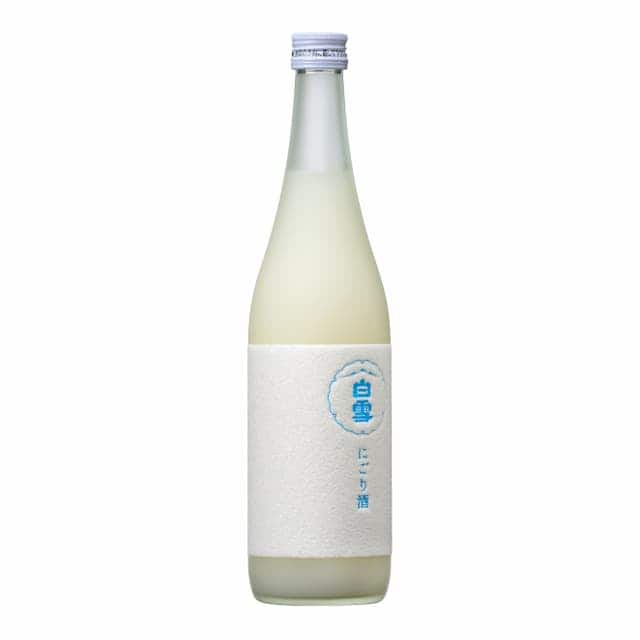
This is a well-known brand produced by Konishi Shuzo. It offers a refreshing taste with a hint of sweetness and richness from the rice that expands as you drink, leaving a soft aftertaste to savor.
Its charming appearance features a simple bottle with a softly textured label, adding to its appeal. With an alcohol content of around 13-14% and an affordable price, it’s a great choice for beginners exploring nigori sake. Its gentle flavor makes it perfect for sipping on its own or as a base for cocktails. You can mix it with soda, drinkable yogurt, or your favorite fruit juice to create a flavorful original cocktail.
Effective Storage Methods
This sake should ideally be stored in the refrigerator. Unpasteurized nigori-zake, which is bottled without undergoing heat treatment, continues its secondary fermentation process within the bottle.
Additionally, since it is not pasteurized, it is recommended to consume it promptly after opening. Even for pasteurized nigori-zake, the presence of sediment in the bottle means it does not have the same shelf life as regular sake. Once opened, store it in the refrigerator and consume it within two weeks. Even if unopened, store it in the refrigerator and consume it within six months from the date of manufacture.
Nigori Sake FAQ
- What kind of dishes go well with nigori sake?
This type of sake pairs well with dishes like fish cuisine or dishes that highlight ingredients for the sparkling type, while for the non-sparkling type, it complements rich-flavored dishes like Chinese cuisine or meat dishes. It also goes nicely with cheese or dairy products. Next time try enjoying it with your meal!
- Can cloudy sake be used in cooking?
Yes, cloudy sake can enhance the flavor of various dishes when used in cooking. Its subtle sweetness and umami notes can add depth to marinades, sauces, and soups. It can also be used in batter for frying or as a base for sauces in Japanese cuisine.
Manufacturing Methods
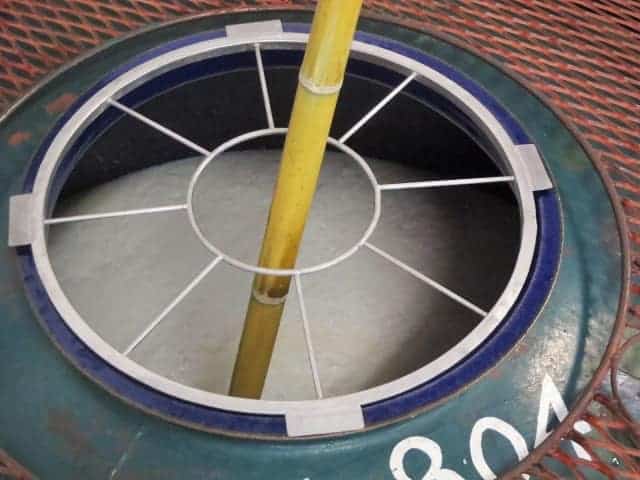
Like regular Japanese sake, the process begins with fermenting rice to create moromi, a mixture of rice, water, koji mold, and yeast.
After fermentation, the moromi is placed into a sake bag and squeezed under pressure to separate the liquid (sake) from the solids (sake lees).
In the production of regular sake, the liquid is then typically subjected to sedimentation and filtration to remove any remaining fine sediment or impurities. Sedimentation involves allowing the moromi to settle, then skimming off the clear upper layer. Filtration further refines the sake by removing any remaining solids or impurities.
Depending on the type of nigori-zake being produced, it may undergo pasteurization. Unpasteurized varieties skip this step, while others may be pasteurized once before shipping or once before storage. Some may even undergo pasteurization twice.
Once the desired processing steps are complete, the sake is packaged and ready for consumption.
出典: tanoshiiosake.jp
Recommended places to enjoy Nigori Sake
Saizou Ikebukuro (創作酒庵 彩蔵池袋 )
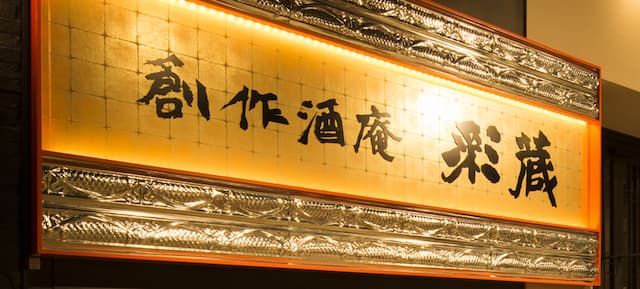
At Saizou Ikebukuro, they celebrate creativity without compromising on flavor. Their dishes blend Japanese and Western influences, using carefully selected ingredients from Kyushu and beyond. Try signature “Foie Gras Daikon” dish to experience our culinary excellence.
Step into our Kyoto-inspired ambiance, where every corner exudes elegance. Each dining space offers privacy, perfect for enjoying our delicious creations alongside a selection of Japanese sake, including nigori sake. What’s more, tje prices are affordable, making this place a popular choice for weekday treats or gatherings with friends. Whether you’re exploring new flavors or relaxing with fine sake, it promises an unforgettable experience.
Senya Ichiya Shinagawa Ekimae (全席個室 鮮や一夜 品川駅前店)
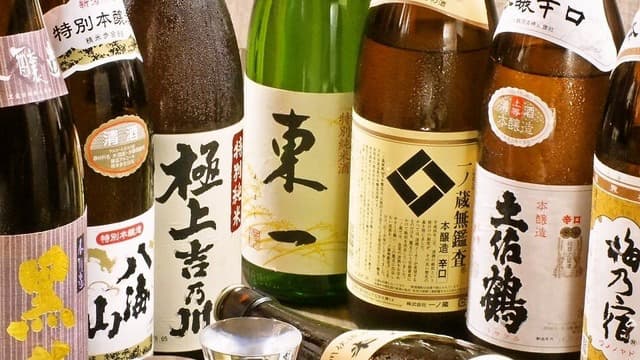
In the private ambiance of “Senyaichiya,” you can enjoy your meal at your own pace. Their private rooms are designed with unique atmospheres, and they’ll prepare the perfect room to suit your occasion. The interior combines Japanese style with elegance, ideal for business meetings or entertaining guests. This restaurant offers a variety of course menus, making it a versatile choice for any occasion.
Shunsai Aoyama (旬菜青山)
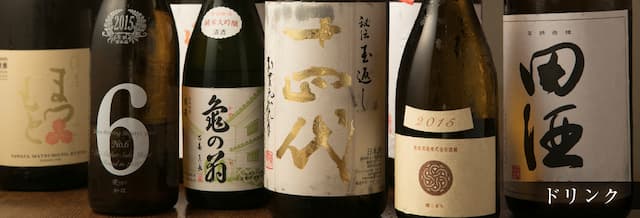
Shunsai Aoyama is where you encounter authentic Japanese cuisine that celebrates seasonal ingredients to the fullest. The owner personally visits Tsukiji Market every day to select the freshest ingredients, ensuring top quality. From sashimi to tempura, they make each dish carefully to highlight the essence of the season. The gentle flavors bring out the inherent charm of the ingredients, creating a sophisticated yet familiar dining experience. The restaurant exudes a tranquil atmosphere, perfect for intimate gatherings or formal occasions. Nestled in Ginza, it stands out as a hidden gem where adults gather to savor exceptional cuisine in a refined setting. It also offers a selection of nigori sake to complement their seasonal dishes. Whether you’re a connoisseur or new to nigori sake, the staff at Shunsai Aoyama can recommend the perfect pairing to enhance your meal.
For online shopping
For those who want to order or buy Nigori Sake in Japan, you can mail it to your home online on Rakuten. You can check out some shops that sell it via Rakuten by clicking below.
And for those who want to order or buy but live away from Japan. You can ship them from Rakuten by following the steps below. Rakuten offers International Shipping Service, so do not worry about how to receive your items. Rakuten Global Express is an online shopping service that allows users to shop at stores in Japan.
Sign up
First, you need a Rakuten ID. If you are already a Rakuten member, you can start using Rakuten Global Express. If you have not registered yet, click here.
Get your personal RGX address
After signing up, you will get a Japanese address: a Rakuten Global Express address.
Shop at stores in Japan
Now that you get yourself a personal RGX address (Rakuten Global Express address). You can shop online in Japan, click here to shop for Juwari Soba (not only Rakuten but other online stores are also included).
When you have decided on your items, set the delivery address to your Rakuten Global Express address.
Confirm items
After items are shipped to the RGX address, they will be packed into one package. You also receive an email upon confirming these items and payment.
Once the payment is confirmed, your package will be delivered within a designated period depending on your shipping choice.
Takeaway
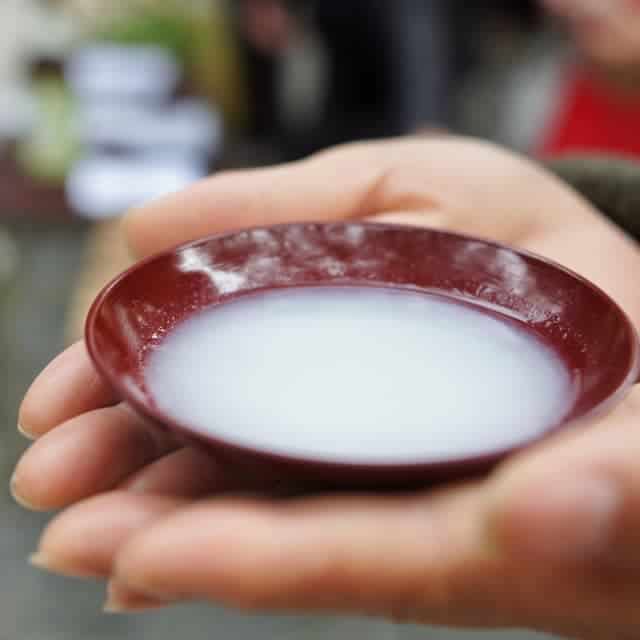
Nigori sake, renowned for its velvety texture and bold flavors, presents a captivating departure from traditional Japanese spirits. Its unfiltered nature imparts a distinct sweetness and complexity, earning it accolades among sake connoisseurs. Our recommended dining spots provide ideal settings to relish this distinctive libation. From cozy private settings to upscale dining venues, these establishments offer diverse environments to appreciate nigori sake alongside delectable fare. Whether you’re a seasoned sake enthusiast or an adventurous newcomer, embarking on a journey to explore nigori sake at these restaurants promises a memorable gastronomic experience. So why not seize the opportunity and immerse yourself in this quintessential Japanese indulgence? It’s an experience not to be missed.
We also recommend trying these drinks below. Or click here to find out more about Japanese food culture!

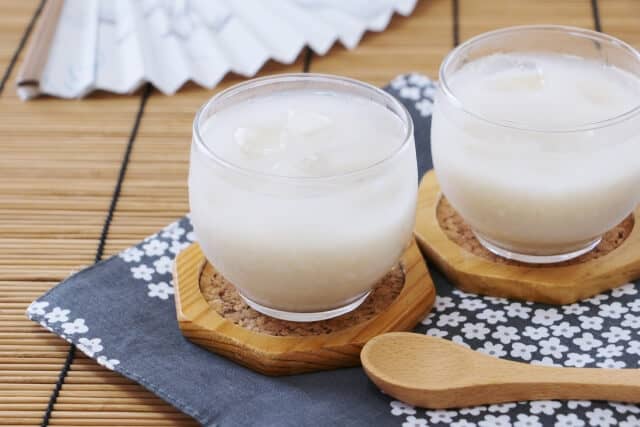
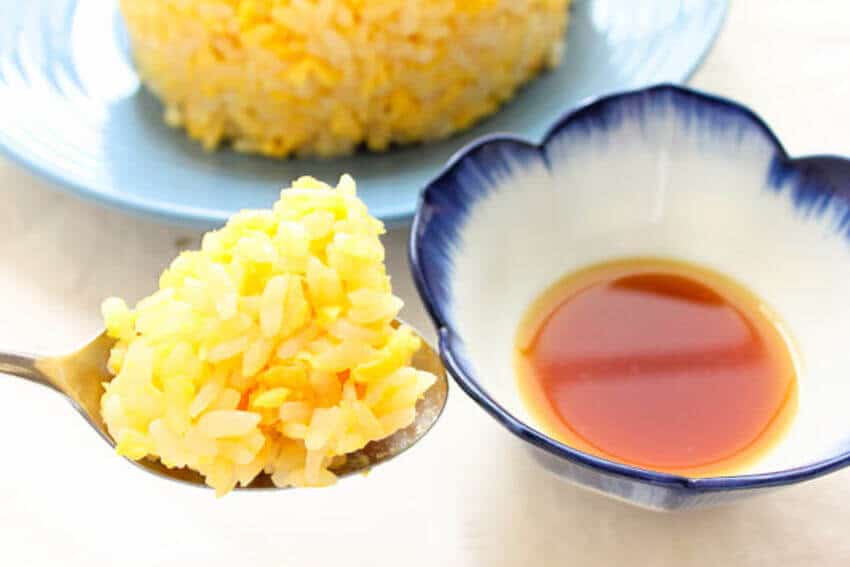
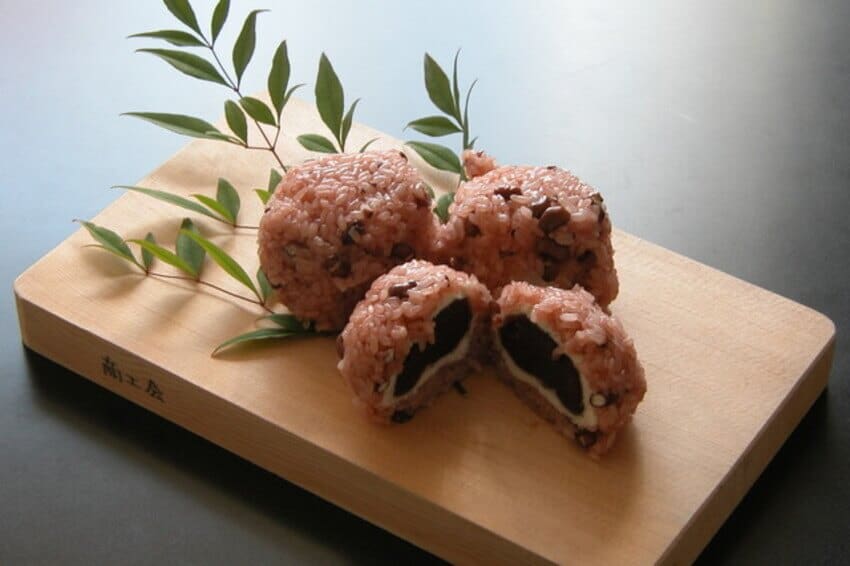
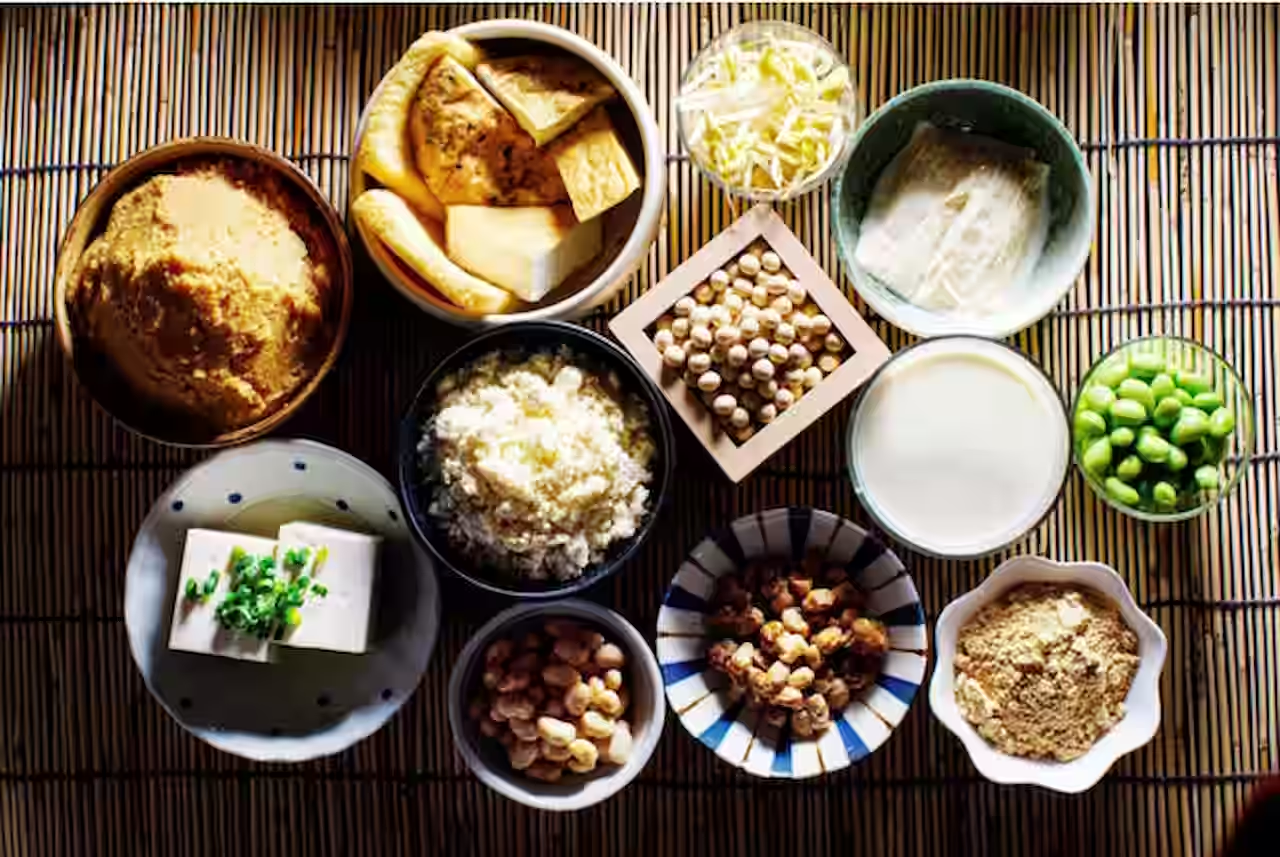



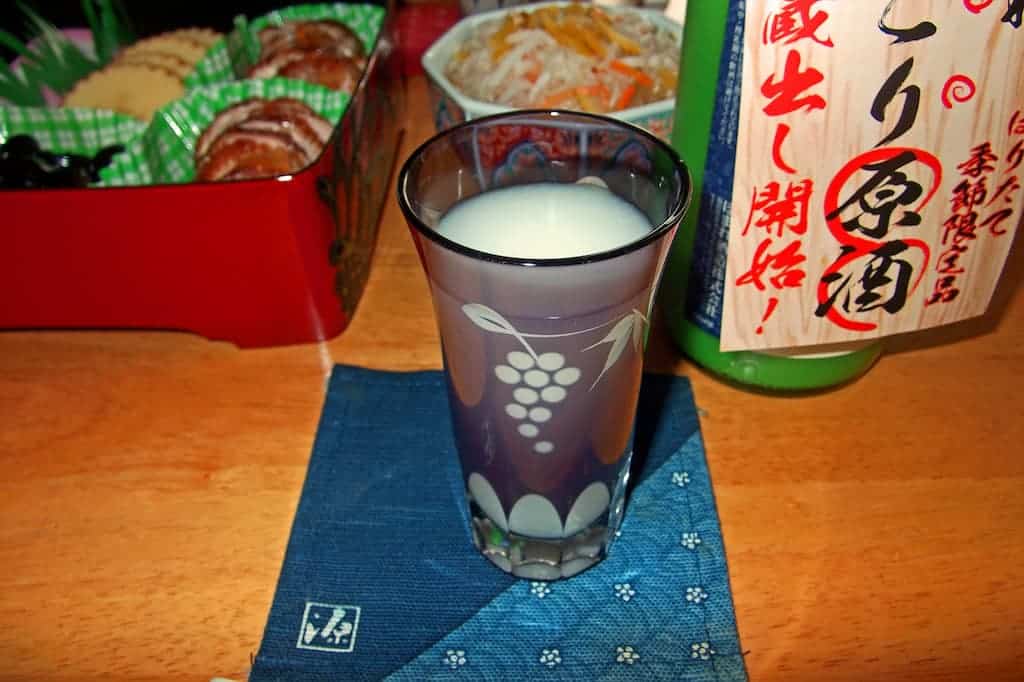

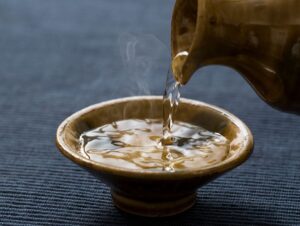
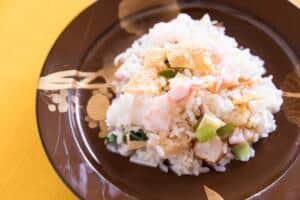
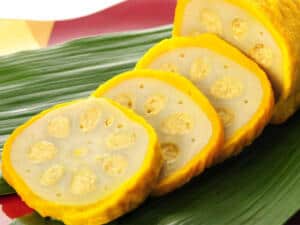
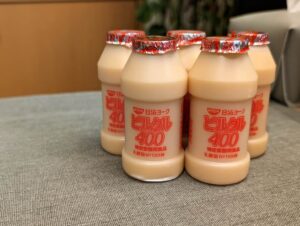
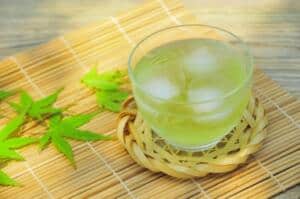
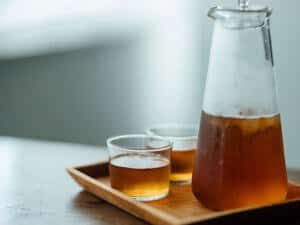

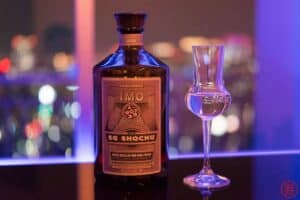
Comments